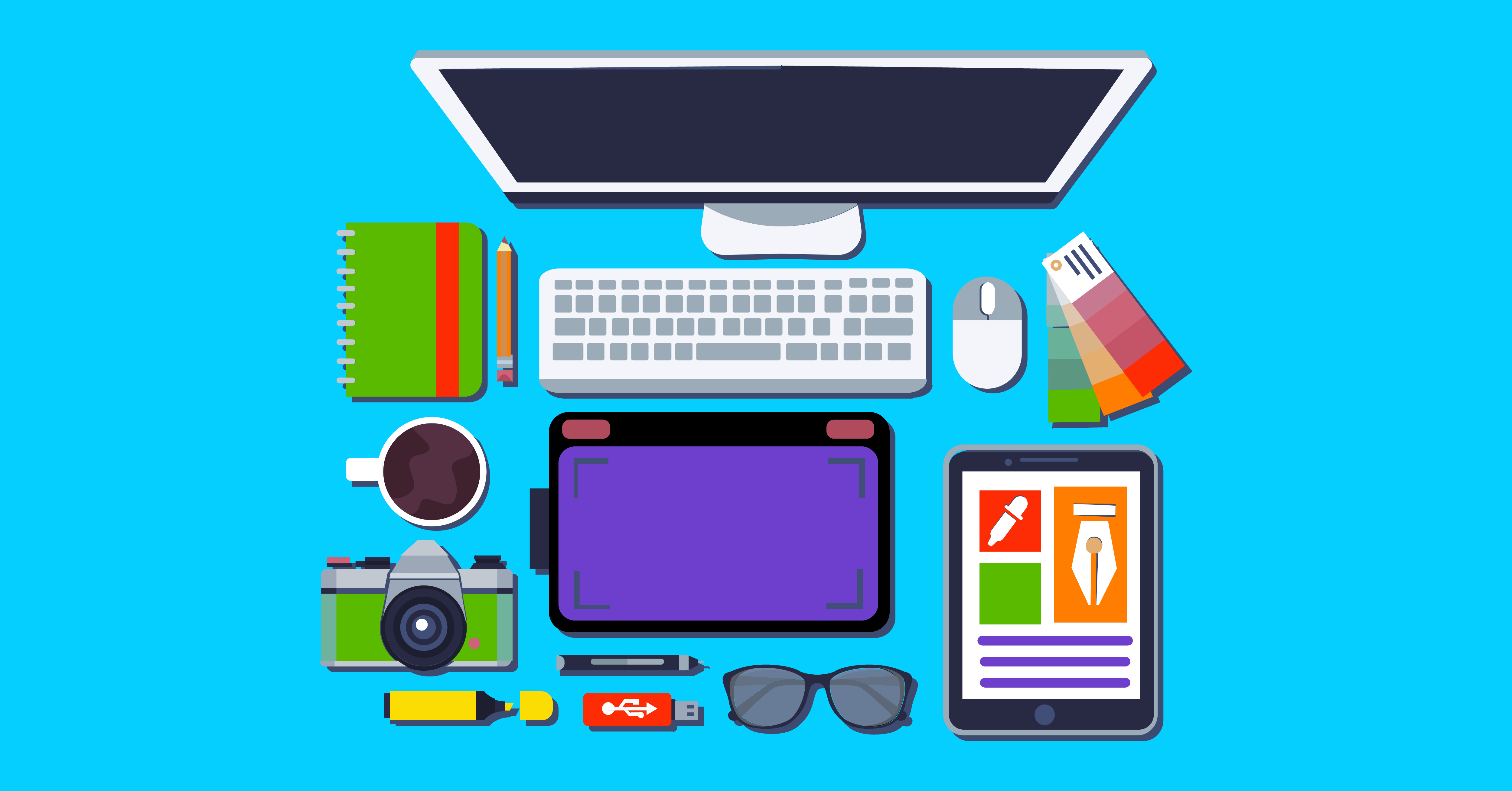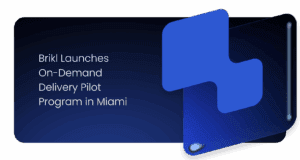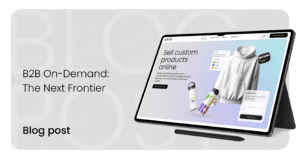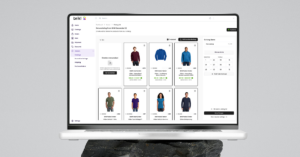As children, most of us customized our belongings without even thinking about it – scribbling on our workbooks, drawing on our jeans, and doodling on our bags. Our pens expressed who and what we liked and allowed us to build a network of allies and admirers.
It’s becoming increasingly clear that we’re taking back the trend, as consumer behavior is showing growing interest in self-expression through belongings. As Trend One puts it, “Globalisation, digital networking and the increased affluence of recent decades have multiplied the options for self-realisation… People are increasingly staging themselves as brands and curating their identity exhibition in social networks.
In order to be unique, products or services are being individualised to a great extent. From an article of clothing designed by oneself through media consumption to the conscious lifestyle – distinction instead of convention is the motto. Companies have recognised this and are focusing on consumers with their needs, wishes and preferences.”
This trend is significant. It’s an about-turn from the throwaway fast fashion movement, encouraging people to consider an enduring love affair with their products instead of a literal fling, from wardrobe to landfill.
Express yourself: Shifting consumer behaviors.
In his article exploring the psychology of personalization, Josh Allsopp finds two clear consumer motivations for customization; function, which focuses on how the product performs, and identity, which is more concerned with the consumer’s goals for self-expression. But within these two motivational areas, Allsopp finds five important consumer drivers:
- Express individuality: Customization offers an outlet for self-expression as a declaration of you and your style.
- Cultural identities: Customization allows you to express your alliance and affiliation with specific cultural and social groups.
- Social connections: Customization offers strengthened relationships with those around you, as well as friends and family and online.
- Fulfilling personal requirements: Customization allows products to be better suited to your specific needs.
- Navigate choice overload: Customization allows you to make better purchase decisions and step away from an overwhelming abundance of choice.
Customization is a great way of putting the customer first in an industry that’s paying increasing mind to customer-centricity, which is why knowing the psychology behind the burgeoning demand is so critical.
But how can companies adapt their business models to offer customization to their customers?
Mass customization
Mass production has proven advantages observable over the course of the past century, such as increased productivity through higher amounts of goods created in a reduced amount of time, lower costs to produce large quantities, fewer errors, the rapid evolution of products through increased usage – the list goes on. But so does its list of disadvantages: Huge energy consumption, grave levels of pollution, inventory buildup and wastage, cheaper materials used in production to keep costs down, a lack of employee wellbeing, and many more. Check out our blog on mass production and on demand production for more detail on this.
However, when it comes to customization, its focus on uniformity puts it at odds with effective customization. And as markets disaggregate with shifting customer behavior, consumers can no longer be viewed as a homogenous group. To counter these concerns, mass customization companies identified common points of differentiation wherever customers are not the same, and at these points, identified customer sacrifice gaps or points between what a company can offer and what the customer truly desires.
As Harvard Business Review notes: “Take the customer’s struggle to find the right eyeglasses. Paris Miki decided that the best way to help customers discover their unknown needs and resolve the inherent trade-offs associated with buying glasses was to allow each one to explore and manipulate a digitized representation of the potential final product. With this sophisticated design tool, trained opticians now assist customers in discovering the perfect, unique look that they would not otherwise have identified or found”.
There’s also a lot of wishful thinking involved in mass customization. Being able to predict demand comes can be a bit of a head-scratcher, which is why customized products often have to be spread across as many store locations as possible to make them findable and the products themselves profitable. That’s where technology comes in.
Brikl: Taking the guesswork out of customer preference
There has been no other point in history that has allowed for the level of insight businesses now have on their customers. From social media, review sites, local weather reports, embedded technologies through IoT, and so much more, companies can aggregate valuable data and actionable insights.
But Brikl’s unique suite of next-generation e-commerce and design functions allows businesses worldwide to go one step further in getting to the heart of what matters most to the customer.
Analytics
Question – how granular would you like to go when it comes to knowing what products your customers love? If the answer to this is right down to SKU level, then you’ll love Brikl’s reporting functionality. From customer to coupon to SKU and team store reporting, the variety of reporting you can unlock through the platform is remarkable. This insight will allow you to shape demand, merchandise your channels and products more effectively and offer competitive pricing and tailored discounts.
Discounts
Two phrases spring to mind when talking about discounts, “everybody loves a bargain” and “timing is everything.” With Brikl’s discounts and promotions feature, you can schedule promotions and create rules around them to reflect a deeper understanding of your customer’s needs that they’re sure to notice and appreciate. As orders come in, you’ll see them neatly collated on the backend for you to assign a status to.
3D visualization
“3D scanning increases the value created for consumers,” McKinsey writes in their article, How technology can drive the next wave of mass customization. “Leaders should work hand-in-hand with functional managers to craft a business model using these technologies to serve individual needs cost-effectively.
A 3D visualization is a powerful tool that enables your customers to better envision their final product. Our 3D configuration tool has been designed for effortless use, so customers can drag and drop their designs and prints straight into the tool and see it overlaid on 3D product models. This is not only an impressive, leading-edge customer experience, but the customization process encourages a sense of ownership before your customers have even purchased the product – a critical path in your customer’s decision-making process.
But what do you think – did we miss anything out? How vital do you think customization will be in the evolution of customer experience and behavior. Let us know in the comments below. And for more things Brikl, head this way.





